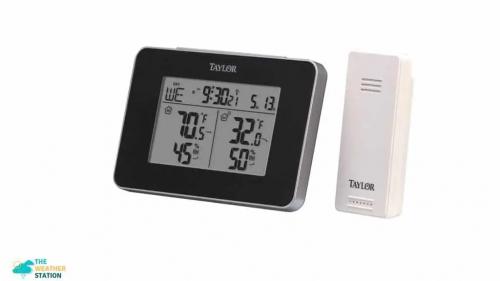How the Best Stations Revolutionize Weather Monitoring

As technology advances, the field of weather monitoring has undergone a remarkable transformation. The best wireless weather stations are at the forefront of this revolution, employing cutting-edge technology to provide more accurate, timely, and comprehensive meteorological data. In this article, we explore how these top-tier weather stations are reshaping the landscape of weather monitoring.
Precision Sensors for Multi-Parameter Monitoring:
The best weather stations utilize state-of-the-art sensors capable of measuring a multitude of parameters. Beyond basic temperature and humidity, these stations monitor variables such as barometric pressure, wind speed and direction, UV radiation, solar radiation, and precipitation. This comprehensive approach allows for a more nuanced understanding of the current weather conditions.
Wireless Connectivity for Real-Time Updates:
Revolutionary weather stations prioritize wireless connectivity, enabling real-time data transmission. This feature allows users to access up-to-the-minute weather information remotely, whether through dedicated apps, websites, or integrated smart home systems. It facilitates instant updates and ensures users stay informed, no matter their location.
Advanced Forecasting Algorithms:
Cutting-edge weather stations employ sophisticated algorithms to analyze historical data, current conditions, and atmospheric patterns. By leveraging artificial intelligence and machine learning, these stations can generate more accurate short-term and long-term weather forecasts. This predictive capability enhances preparedness for severe weather events.
Integration with Smart Home Technology:
The best weather stations seamlessly integrate with smart home ecosystems. This integration enables users to incorporate weather data into their home automation systems, allowing for intelligent responses based on current and forecasted weather conditions. For example, adjusting thermostats, controlling smart blinds, or automating irrigation systems.
Web Connectivity and Cloud Storage:
Cloud connectivity is a hallmark of revolutionary weather stations. This allows for the storage of extensive data sets, easy data retrieval, and seamless sharing with meteorological networks. Users can access historical weather data and contribute to larger datasets, enhancing the accuracy of regional and global weather models.
Real-Time Lightning Detection:
Some top-tier weather stations are equipped with real-time lightning detection capabilities. This feature enhances safety by providing alerts when lightning is detected nearby, allowing users to take necessary precautions during thunderstorms.
Customizable Alerts and Notifications:
Tailoring weather alerts to specific parameters is a key feature of advanced weather stations. Users can receive personalized notifications for conditions such as extreme temperatures, high winds, or precipitation. Customizable alerts ensure that users are promptly informed of weather events that matter most to them.
User-Friendly Interfaces and Apps:
Revolutionary weather stations prioritize user experience with intuitive interfaces and user-friendly apps. These tools make it easy for users to navigate through complex weather data, view trends, and customize settings. Clear visuals and straightforward controls enhance the accessibility of the weather station's features.
Environmental Monitoring for Agriculture:


Comments